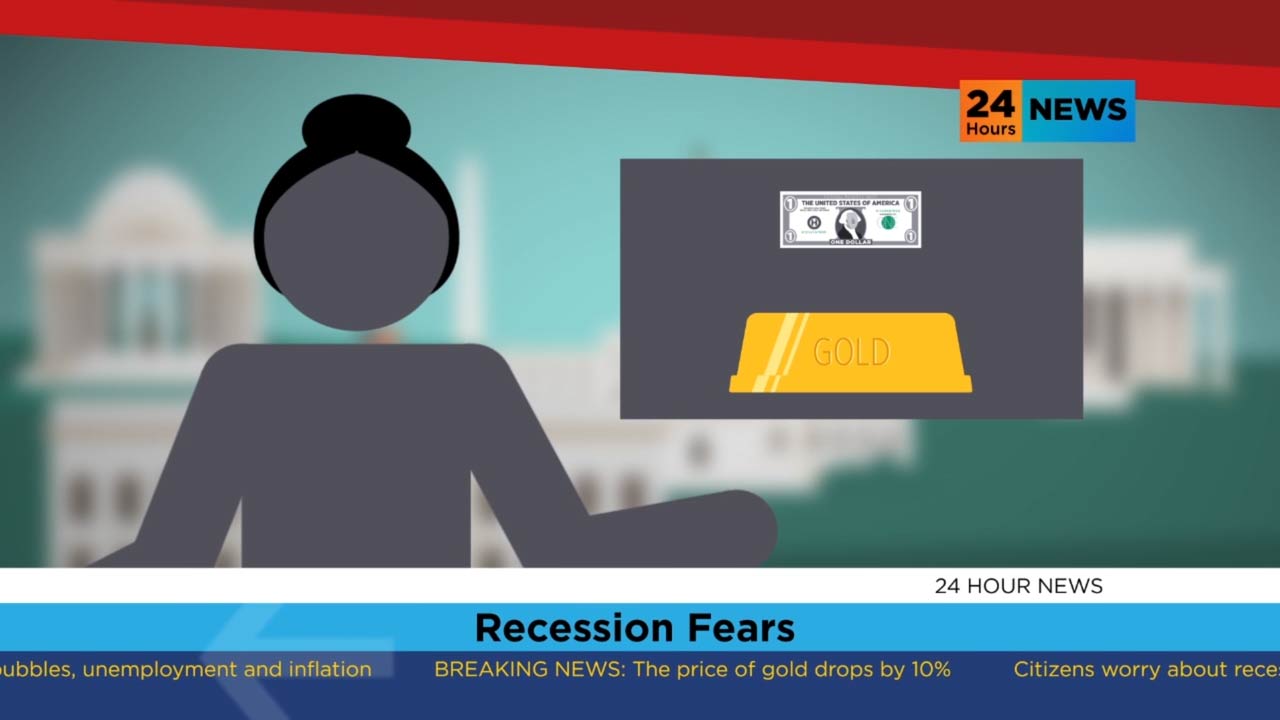The Gold Standard and the Central Bank

No economic system can offer complete protection against the threats posed by recessions, stock market bubbles, unemployment and inflation. However, the fiat money system employed by the Federal Reserve has been largely successful at maintaining low inflation and price stability. In this video, St. Louis Fed economist David Andolfatto explains how this works.
Video Transcript
[Music playing]
Narrator: No economic system can offer complete protection against the threats posed by recessions, stock market bubbles, unemployment and inflation. However, since the late 1970s and early ’80s, the fiat system, employed by the Federal Reserve, has been largely successful at maintaining low inflation and price stability.
David Andolfatto: Most economists agree that long-run price level stability can, in fact, be achieved under a fiat money system under an appropriate institutional arrangement. So, one such institutional arrangement is the creation of a politically independent central bank that remains accountable to the government but separate from the short-run political demands of the government—and at the same time, have the central bank charged with the mandate of maintaining some measure of price level stability.
So, for example, in the United States, the United States Federal Reserve has recently adopted a 2% inflation target. This is a target that the Federal Reserve is mandated to achieve, and it tries to do so to the best of its ability, independent of pressure from Congress.
The gold standard is only as good as the government’s promise to maintain that gold standard, and as history shows time and time again, governments under fiscal stress appear more than willing to abandon these promises and create inflations. The link between paper and gold is not as firm as what the proponents of the gold standard would like to claim.
Gold Standard Video Series
- Part 1: How the Gold Standard Compares to a Fiat Money System (2:04)
- Part 2: Gold Standard and Inflation (3:00)
- Part 3: Purchasing Power (3:17)
- Part 4: Benefits of a Fiat Money System (2:23)
- Part 5: The Gold Standard and the Central Bank (1:46)

